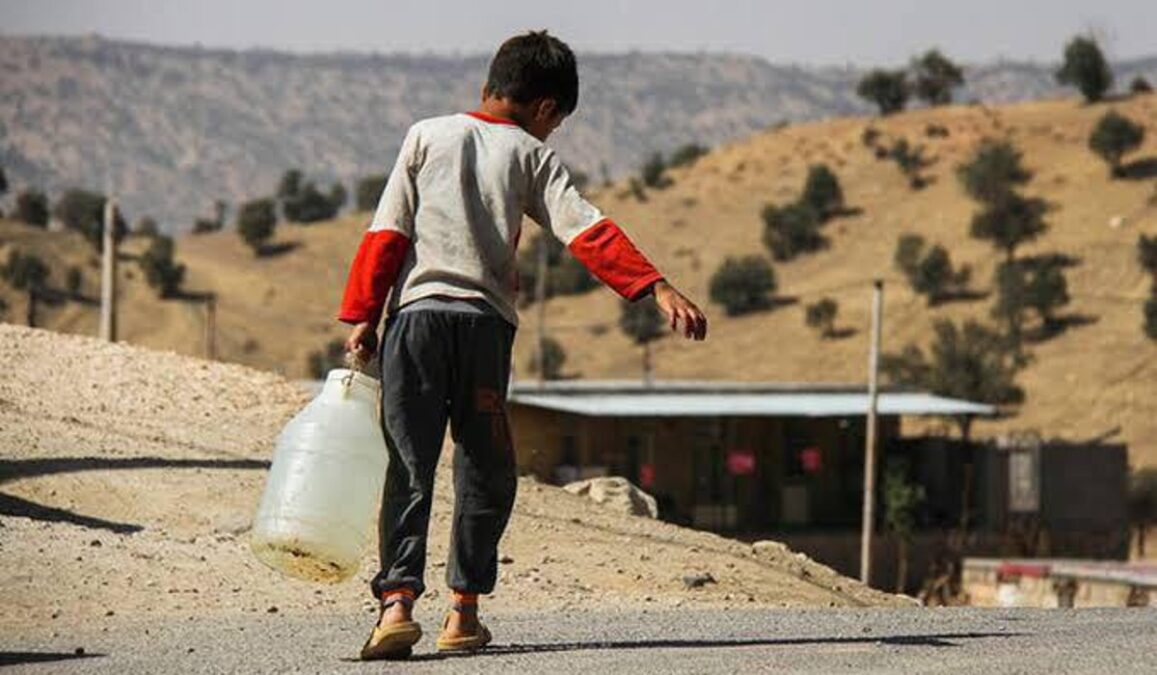A new study has found that Afghanistan is one of a number of countries most at risk of rising temperatures.
The Washington Post reported that the study led by researchers at the University of Bristol, finds that unprecedented heat, coupled with growing populations or limited health-care and energy resources, puts some parts of the world at the most risk, including Afghanistan, Papua New Guinea and countries in Central America.
The study shows that record temperatures, “which appear implausible until they happen,” could occur anywhere. But countries that have not experienced rare heat waves so far are particularly vulnerable, said climate scientist and lead author Vikki Thompson, The Washington Post reported.
This is partly because they may be less prepared and steps to adapt are often taken only afterward, according to the peer-reviewed study published Tuesday in the journal Nature Communications, the report says.
The scientists based their analysis on data sets dating back more than 60 years, as well as climate models, to evaluate the likelihood of record heat. They also look at population and economic development projections. These are some of the regions they identify:
Afghanistan
The Washington Post reports that according to the researchers, Afghanistan is “the region of most concern,” for reasons including a lack of resources, steep projected population growth and the potential for “far more extreme heat waves than experienced” so far.
The dependence on agricultural livelihoods, poor socio-economic development and decades of war have contributed to making Afghanistan highly vulnerable to climate change, which could have a severe impact on food insecurity, according to the United Nations. Poverty and hunger have risen since the Taliban took over in 2021 and the chaotic U.S. military withdrawal upended the economy and the flow of aid.
The 2021 Global Climate Risk Index ranked Afghanistan as the sixth-most-affected country globally by climate threats and one of the least prepared.
Central America
The Washington Report says that countries in Central America are vulnerable, and they are likely to experience new high temperatures, although the population is not expected to increase as much as elsewhere.
“The current record is further below the statistical maximum — suggesting the region could experience a large jump in the record,” the study says.
Drought across swaths of Costa Rica, El Salvador, Guatemala, Honduras, Nicaragua and Panama has devastated farmland and left millions of people facing food insecurity, prompting efforts to restore forests in parts of the region, the United Nations says, according to the Washington Post report.





